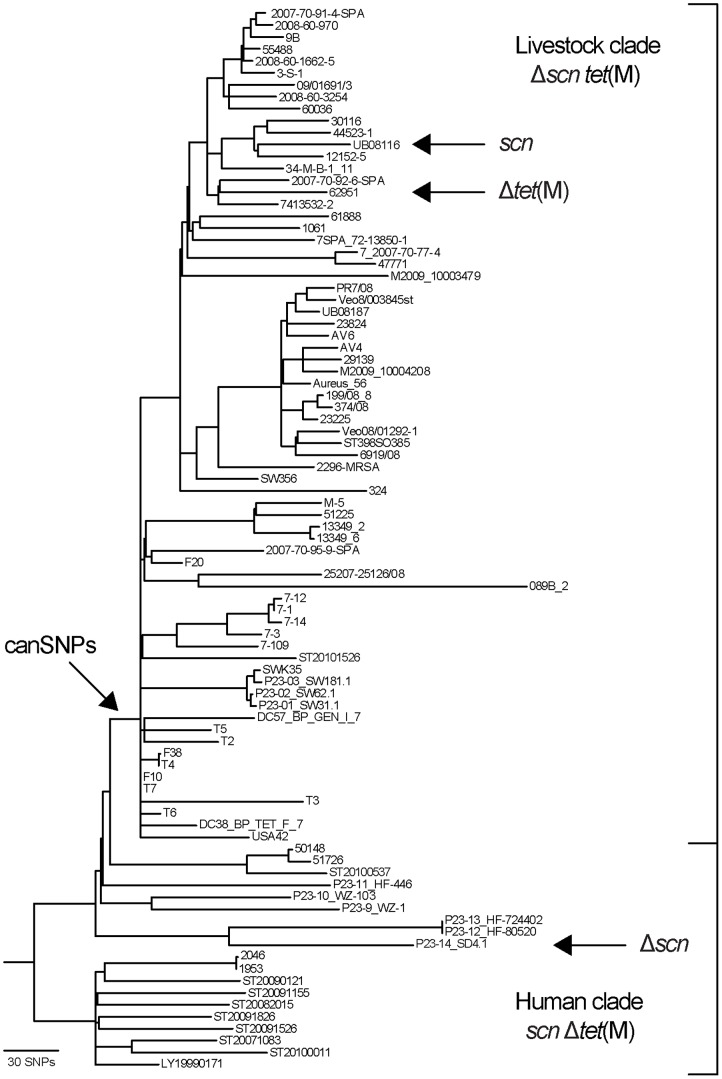Figure 1. Maximum-parsimony tree of 89 S. aureus CC398 isolates based on 4,238 total SNPs, including 1,102 parsimony-informative SNPs.
The bracket highlights the ancient human clade and the newly evolved livestock clade. Arrows indicate the position of the branch used to identify canSNPs, and isolates with unique scn and tet(M) patterns not consistent with the archetypal patterns are highlighted. The figure was adapted from Price et al. [3].

